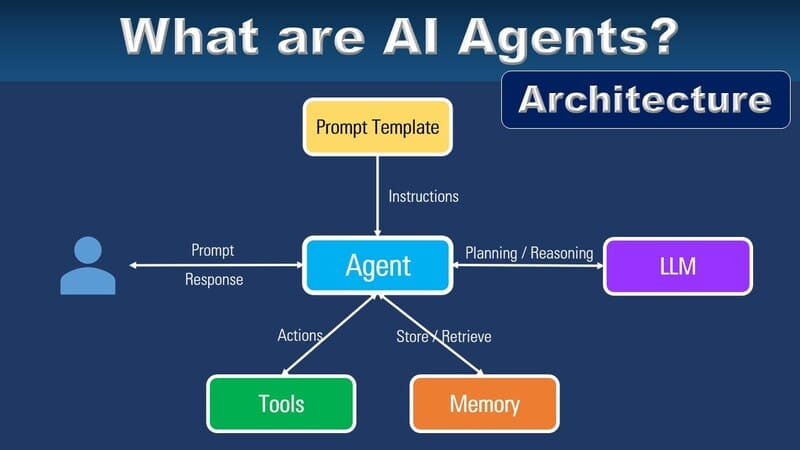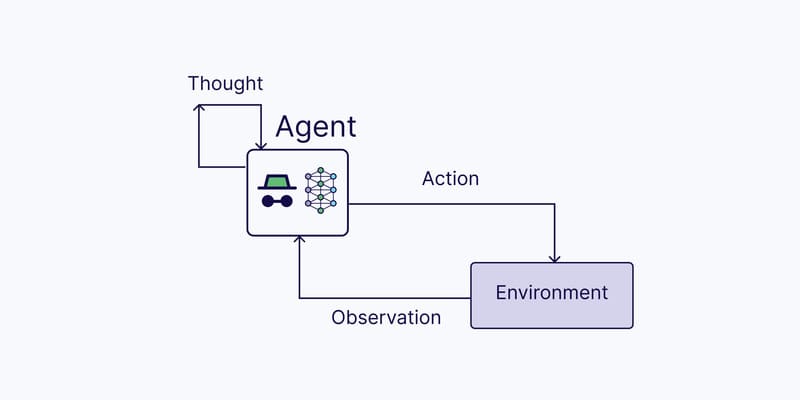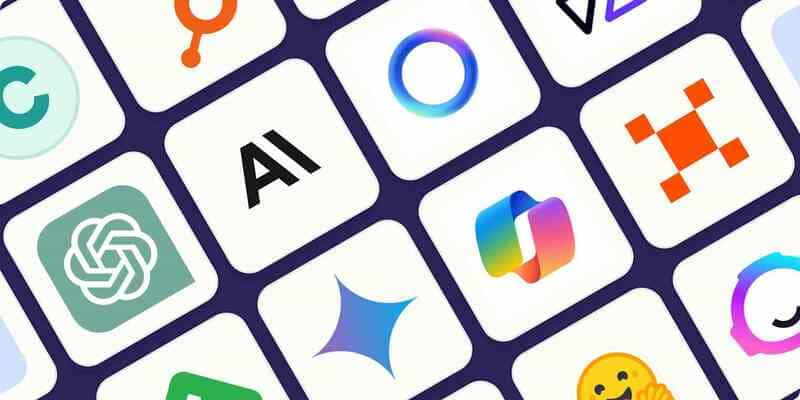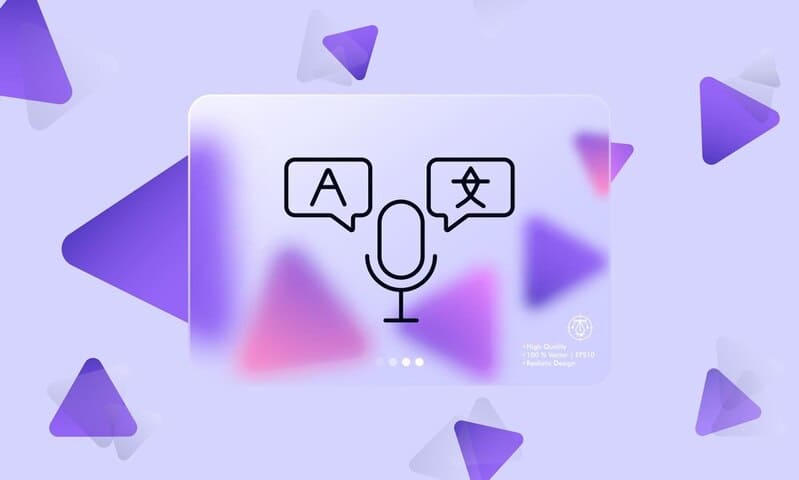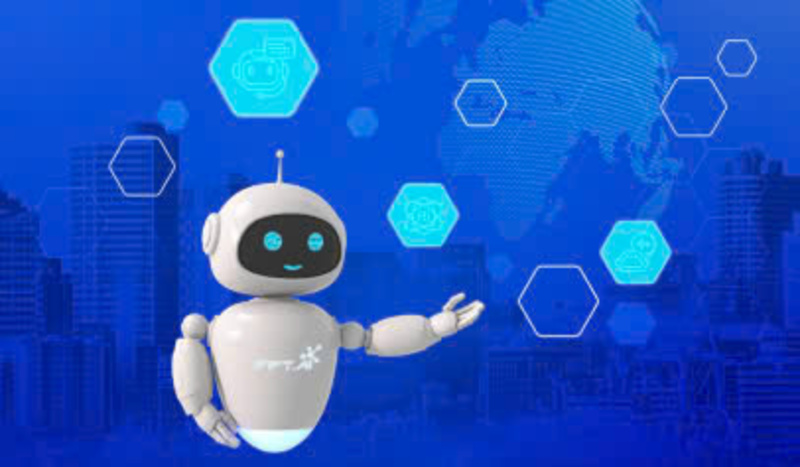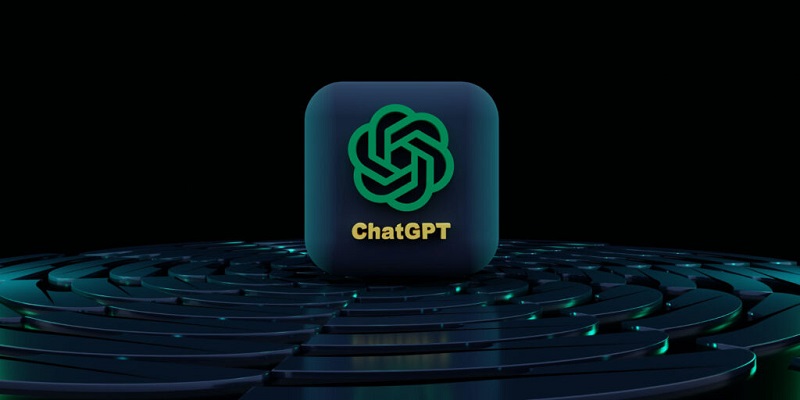Chatbots are new and hot but how do you get them to make money for your company? Is it really possible to leverage chatbots to generate sales? More importantly, have you created a chatbot but are struggling to monetize it?
Regardless of whether you are an entrepreneur or a company, monetization is something that has to be kept in the forefront of your endeavor.
SUCCESSFUL DEVELOPMENT DOES NOT GUARANTEE MONETIZATION
The success of chatbots has increased the competition in the chatbot marketing. Interestingly, the process of developing chatbots is becoming increasingly easy thanks to chatbot tools. With bigwigs like Google, Amazon, Microsoft, and Facebook announcing their intent to join the chatbot bandwagon, they remain one of the hottest and most discussed topics. Now, all that is fine. The million-dollar (no pun intended) question, however, remains the same-how can you monetize chatbots? Yes, some products are making money, but those are few and far between. These platforms require stable AND repeat clients to be able to grow in a sustained manner. Your goal must be to leverage chatbot as something that is akin to a traditional business model which imparts value and is monetized in an incremental manner.
Here are seven practical chatbot monetization strategies:
UNDERSTANDING USER PSYCHOLOGY
At its core, monetizing chat bots is all about understanding and utilizing user psychology to your advantage, and that is not in a negative connotation. To do that, you need to be able to deliver on your promise about the item that was promised before a potential customer clicked on the chat. A user will generate income for you only if you offer something that is of tangible value. Let’s say you are offering a chatbot for medical counseling. In this case, no potential client will want to book an appointment unless you provide them with insightful and actionable information. The user will not want anything short of a great answer that will make him want to go further.
BOOS (BOTS AS A SERVICE)
The future belongs to B2B bots that will empower entrepreneurs and companies to increase their productivity and handle difficult tasks, thereby replicating the business models of most B2B software. As per Forrester, the revenues from cloud and SaaS-based business application services touched almost USD33 billion in 2016. It is a given that this trend is likely to spill over into the ream of B2B bots. Thankfully, most B2B customers are already familiar with the SaaS model and will need little education on its nuances becoming experts in no time.
TREATING CHATBOTS AS A LANDING PAGE
In the event you are wondering what this is all about, think again. A chatbot is not too dissimilar to a landing page. If the CTA (call-to-action) is not apparent to the visitor, monetization just won’t happen. Many chatbots these days are failing simply because they lack clarity and their developers are either too reticent or recalcitrant to understand why. To that end, make your offering absolutely clear to the visitor and also tell them how they can get it. More importantly, do that within the first 10 seconds. Then, do the following:
- Keep your Bot’s name short and relevant
- An easily recognizable icon
- A straightforward opening text without any fluff
- Ensure that the chatbot opens swiftly
FACEBOOK COMMERCE
At Chattypeople we integrated Shopify into the messenger chat so you can purchase without leaving Facebook. In the messaging bot becomes a bridge between consumers and businesses, chatbots seem to be the best answer for e-commerce business owners to manage thousands of one-to-one conversations with customers.
NATIVE OR SPONSORED CONTENT
The trend of native content that has been growing dramatically over the past few years, with the advent of VICE and BuzzFeed. Native content is basically a model wherein brands pay money to get media firms to distribute their content directly into their own channels. Let’s imagine you are using a travel bot. While it will elaborate more on some key travel tips while visiting tropical countries, it might also direct you to an article titled “5 unforgettable honeymoon destinations in Southeast Asia.” Native advertising has been performing far better than conventional banner ads because it works well for both parties-the publisher and the brand.
LEAD GENERATION
Lead generation businesses are thriving like never before. Extending the conventional web business model to the domain of chatbots, it is eminently possible to monetize chatbots by positioning them as lead generation platforms. They can offer insights to users who are seeking inputs on insurance, loans, home ownership, weddings, etc. before passing on the user’s information (typically name, phone, and email) to numerous businesses that sell products which in turn are in sync with the content being delivered. The process is as follows: You create the lead generation to chatbot è; the chatbot validates lead generation, leads are passed on to the firm; the company pays commission to the chatbot.
PARTNERSHIP
If you have created a product that you are unable to monetize right away, consider joining hands with companies or entities that could leverage your chatbot marketing strategy and make money. You may want to seek companies or entrepreneurs that will find your chatbot relevant as long as you are confident that they will be able to monetize the chatbot using their resources. On your part, gaining potential access to wide-ranging exposure coupled with diminished business risks can be a huge plus. We can, therefore, conclude that monetizing chatbots is not only possible but also necessary in today’s competitive times. What you need is some brainstorming and creativity in your approach. What you don’t need is to reinvent the wheel; stick to what works best and replicate that model.
Source: Flipboard








